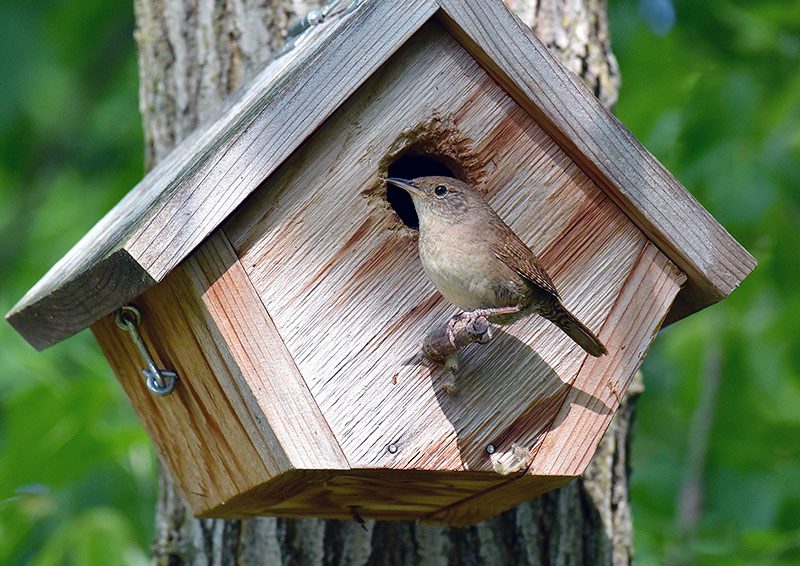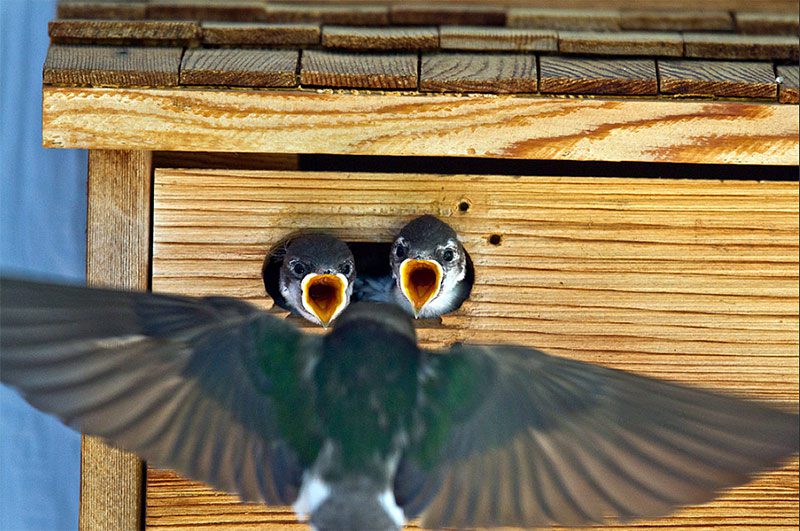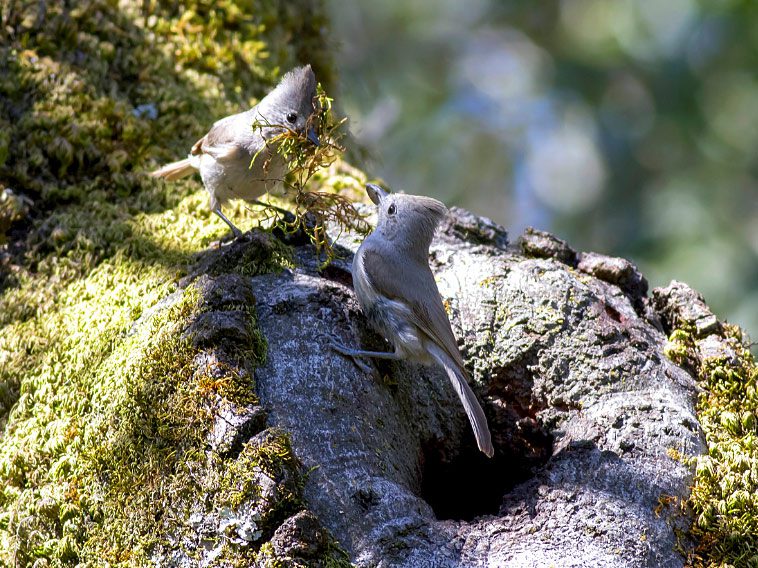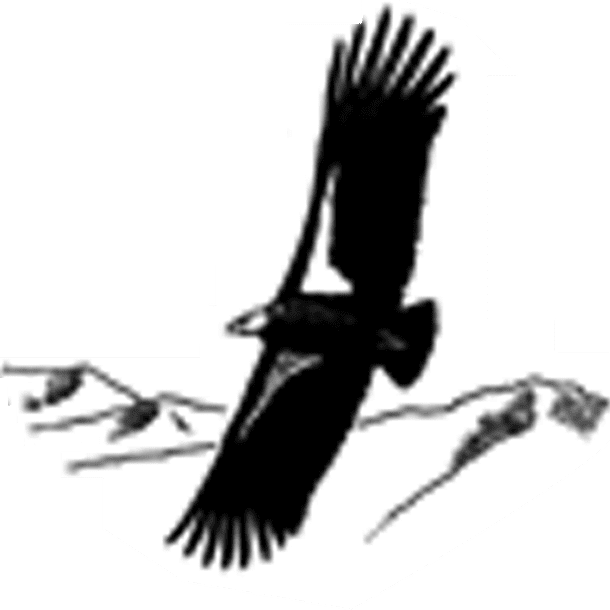In California’s Oak Woodlands, 5 Species Divvy Up Habitat to Improve Nest Success
May 18, 2016
Editor’s note: The following research summary describes a new article in The Auk: Ornithological Advances, the journal of The American Ornithologists’ Union, and was provided by the Central Ornithology Publication Office.
Five songbird species in California’s oak woodlands each seek out a different habitat to maximize their reproductive success, according to new research in The Auk: Ornithological Advances.
The quality of a bird’s habitat can be a crucial factor in its reproductive success, and it’s an important part of managing land for sensitive species. However, it’s hard to measure habitat quality directly, so biologists often turn to occupancy rates instead, reasoning that birds will tend to build their nests in better habitats. For this study, Megan Milligan and Janis Dickinson of the Cornell Lab of Ornithology focused on five species—the Ash-throated Flycatcher, House Wren, Oak Titmouse, Violet-green Swallow, and Western Bluebird—tracking their use of nest boxes in different habitat types and how successful they were.

From 1990 to 2001, researchers checked 360 nest boxes in the oak woodlands of California’s Monterey County every week during the breeding season. When they classified the vegetation surrounding each box, they found that each species differed in kinds of habitat it tended to use. House Wrens, for example, preferred sites with less grassland and plenty of riparian vegetation, while Violet-green Swallows tended to favor chaparral and avoid riparian corridors. These differences could reflect preference for different habitats, or they could be a less preferred outcome of competition for the best habitat types. Occupancy was the best predictor of nest success for all five species, suggesting that box occupancy is a good indicator of habitat quality and that each species’ use of habitat represents a preference, rather than exclusion from better habitats due to competition.
“One of the species we studied, the Oak Titmouse, is declining throughout the west,” says Dickinson. “Our results provide new information on their habitat preferences in the old growth oak forests of central coastal California. If our data are representative of California’s oak woodlands, they can inform management over a huge area of California by telling us what kinds of landscapes are best for supporting Oak Titmice and which are most likely to lead to increased reproductive success for Oak Titmice using nest boxes.”

“The use of nest boxes to manage bird populations is becoming increasingly more important to compensate for the loss of standing dead timber,” according to Dan Ardia of Franklin and Marshall College, an expert on the role of environmental variation in bird behavior and physiology. “This research by Milligan and Dickinson is an important step for providing effective management recommendations for species breeding in oak woodlands, especially in light of their finding that occupancy of nest boxes is the best indicator of habitat quality.”
About the journal: The Auk: Ornithological Advances is a peer-reviewed, international journal of ornithology that began in 1884 as the official publication of the American Ornithologists’ Union. In 2009, The Auk was honored as one of the 100 most influential journals of biology and medicine over the past 100 years.
Reference
Milligan, M.C. and Dickinson, J.L. 2016. Habitat quality and nest-box occupancy by five species of oak woodland birds. The Auk 133(3): 429-438.

All About Birds
is a free resource
Available for everyone,
funded by donors like you
American Kestrel by Blair Dudeck / Macaulay Library


